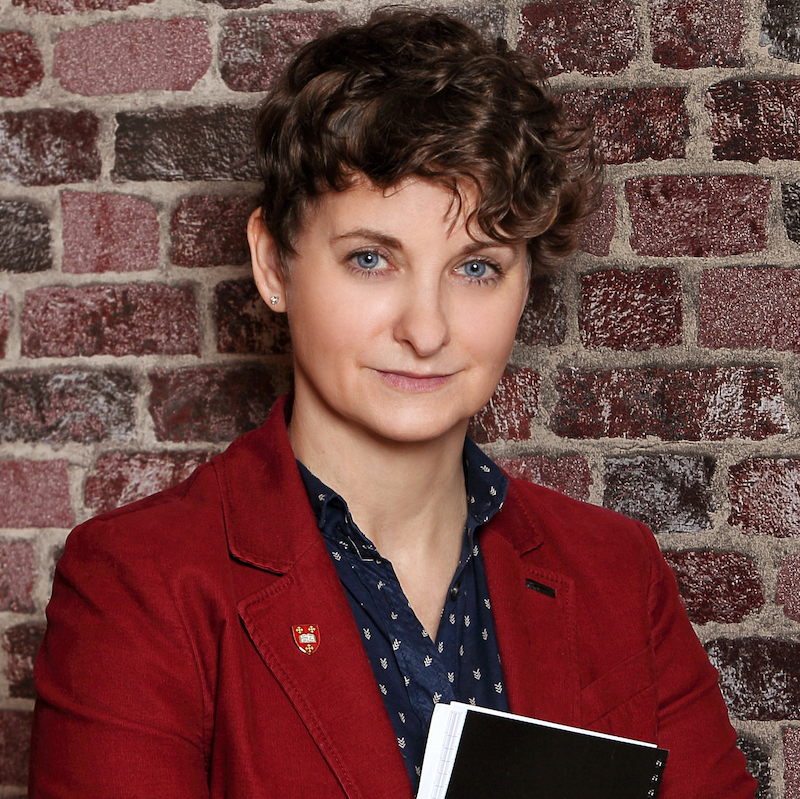

Anne-Kathleen Tillack-Graf
A part of my history.
I initially chose History as a subsidiary subject to my studies in Musicology and Media and Communication Studies and specialised in the 20th and 21st centuries. Studying in Berlin allowed me to attend the most interesting seminars at the Humboldt University, the Free University, the Technical University and the nearby University of Potsdam.
My studies in media and communication and my work at the Centre for Communication History and Intercultural Journalism with Prof. Dr Bernd Sösemann broadened my historical interest in the media field. I was also able to deal with the museum and educational processing of historical topics during my work in the educational department of the Brandenburg Memorials Foundation. The time at the Sachsenhausen Memorial and Museum inspired me to write my published master’s thesis on the politics of remembrance in the GDR („Erinnerungspolitik der DDR“).
My doctoral project at the Institute of History at the University of Potsdam with Prof. Dr Bernd Stöver sheds light on the murder of psychiatric patients during National Socialism.
Being here now.
Even though I spend a lot of time thinking and writing about the past, I still stay in the present, thanks to my love for music and above all for animals. I care for stray cats and dogs from animal welfare in a small private sanctuary, I am supporting castration projects internationally, and I contribute to private animal welfare initiatives and aid projects for people who are hardly seen.
Examining the history of mentality, society, and culture is increasingly beneficial to animal welfare. That is why I have started my research project on the use of animals in warfare.

An academic overview.
University of Potsdam
Doctoral project on National Socialist „medication euthanasia“ in Saxony (Dr. phil.)
Free University of Berlin
Media and Communication (Magistra Artium, M.A.)
Technical University Berlin
Modern History (Magistra Artium, M.A.)
Humboldt University Berlin
Musicology (Magistra Artium, M.A.)
German Studies (Bachelor of Arts, B.A.)
Research
Publications and current projects.
My key interests cover the topics: History of the 20th century, medicine and crime, perpetrator research, media history, history of mentality, commemorating and remembering the past.
The results from some of my projects have already been published nationally and internationally, and others are still in the works. So this section will be updated accordingly.


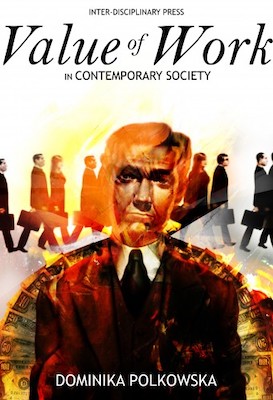
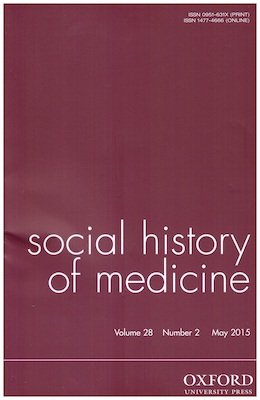
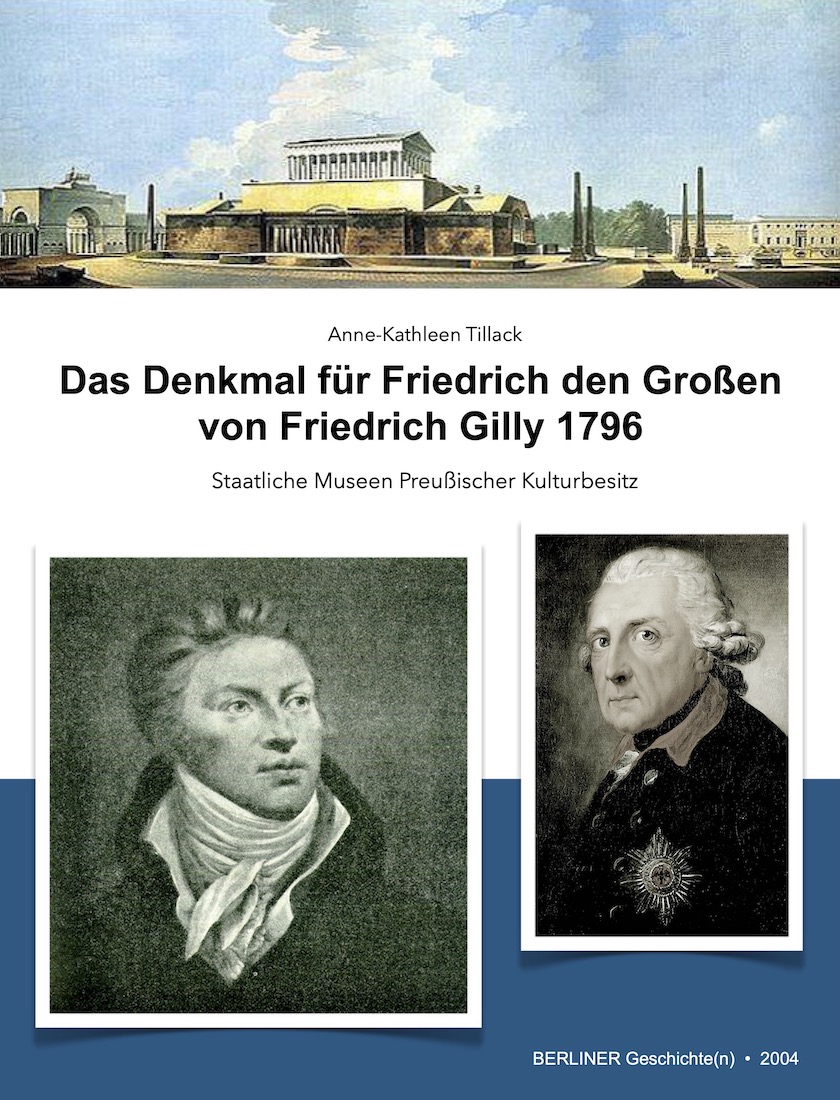
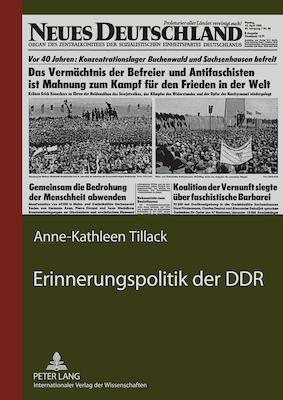


Organisations
Thank you for inspiration and support!
Numerous institutions and individuals have accompanied and supported me throughout my academic career and animal welfare activities. I want to take this opportunity, full of gratitude, to refer to some of them and ask for support for their efforts.

Contact
Questions or suggestions?
Whether it’s about my historical research or my animal welfare activities – if I can, I’m very happy to help, open to new ideas, projects and suggestions. Contact me via email or social media.

